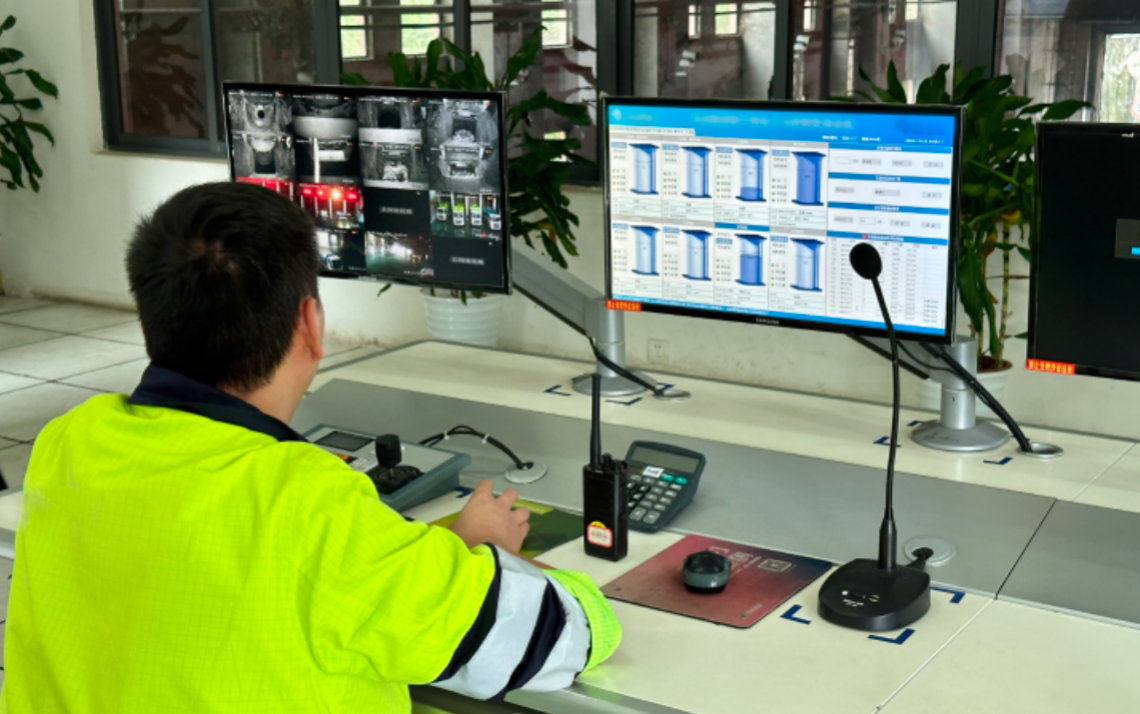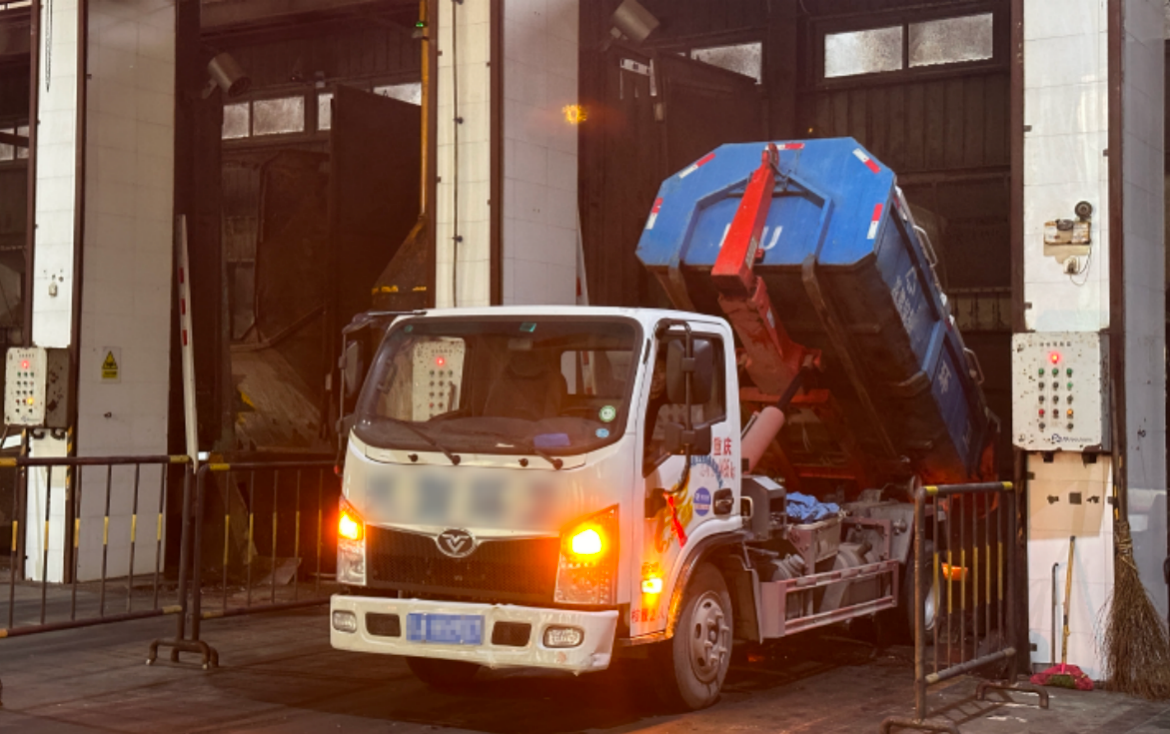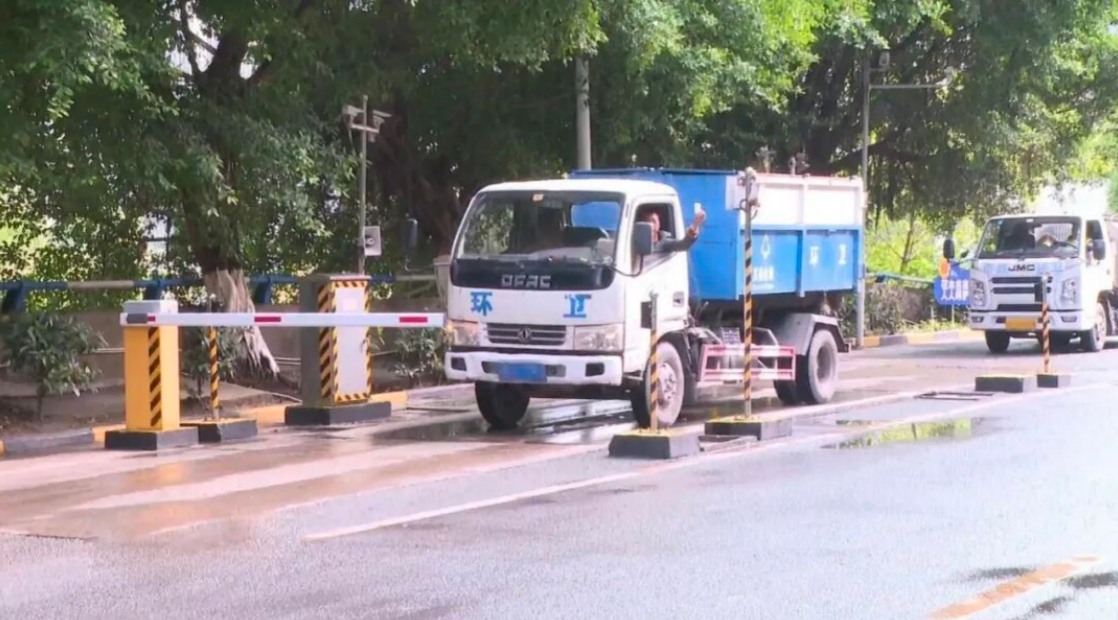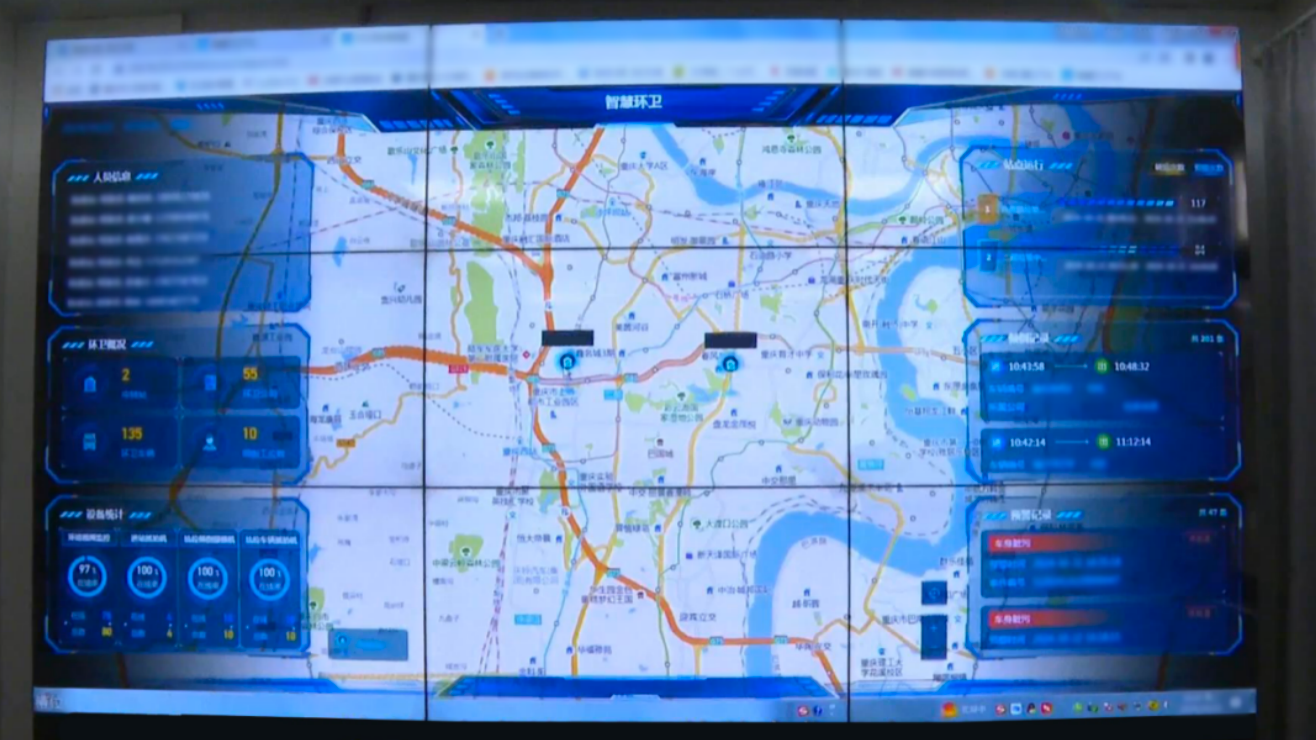Hikvision's Digital Intelligence System 'Assumes Its Role,' Revolutionizing Chongqing's Waste Transfer Stations
![]() 10/28 2025
10/28 2025
![]() 417
417
At 6 a.m., as dawn breaks and a crisp chill fills the air, sanitation transfer vehicles weave through Chongqing's residential neighborhoods, transporting buckets of household waste to transfer stations in an orderly fashion. With urban refined management standards continually rising, a growing number of waste transfer stations in Chongqing are undergoing a quiet transformation. The introduction of Hikvision's 'Waste Transfer Video Analysis System' is making these urban sanitation hubs more standardized and cleaner, while also delivering tangible environmental enhancements for nearby residents.
System 'Sees' Clearly Whether Waste Vehicles Are Clean
Previously, verifying whether a sanitation transfer vehicle had been cleaned before heading out relied solely on manual spot checks, making comprehensive oversight a challenge. Now, the situation has changed. Intelligent cameras positioned at transfer station entrances can automatically assess the appearance of each vehicle, employing vehicle dirt identification algorithms to monitor issues like 'spillage and leakage' in real time. Once significant dirt or damage on the vehicle body is detected, the system promptly alerts management personnel, prompting the responsible unit to clean it immediately.
'Now, vehicles are much more attentive to cleanliness when entering and exiting,' noted a seasoned sanitation manager. 'In the past, dirt often went unnoticed, but now the system makes it immediately apparent, and everyone has become more diligent.'
These changes have made sanitation transfer vehicles less of a bother when traveling through communities. Residents no longer fret about dirty water splashing as the vehicles pass by residential buildings. These subtle aspects of urban operations are gradually becoming more considerate and community-friendly.

System Detects Illegally Dumped Large Waste Items Promptly
Wooden boards leftover from renovations and discarded old mattresses should not be mixed into the household waste collection and transportation system. However, in the past, some individuals would conveniently and secretly stuff them into trash bins. This not only increased the burden on waste collection and transportation but also posed a risk of damaging processing equipment.
Now, the intelligent system at transfer stations can automatically identify abnormal items during the unloading process. Once suspected large waste items are detected, it issues an alert, enabling staff to intervene and handle the situation promptly. Since the system's implementation, it has assisted in identifying and addressing over 200 cases of non-compliant operations, effectively reducing environmental pollution and equipment wear and tear caused by 'improper disposal.'

More Accurate Weighing, More Standardized Transfer
Weighing is a crucial aspect of waste transfer. In the past, vehicle weighing depended on manual registration, occasionally leading to situations where vehicles did not fully position on the scale or followed another vehicle too closely during weighing, resulting in data inaccuracies.
Now, with the coordination of a weighbridge and an intelligent identification system, vehicles must be parked and stabilized properly to complete weighing. The system automatically records the data, eliminating human interference. The weight, time, and vehicle information of each trip are clearly documented, not only enhancing work efficiency but also making management more transparent.
More importantly, all operational processes—from vehicle entry and weighing to unloading—are automatically recorded, forming comprehensive electronic archives. With over 8,000 transfer operations recorded each month, every instance is traceable. This not only facilitates management but also makes collaboration among sanitation enterprises clearer and more efficient.

Unified Screen View for More Efficient Intelligent Scheduling
At the district-level sanitation management department, staff can open the large screen of the waste transfer video analysis system to view real-time conditions at various transfer stations within their jurisdiction: how many vehicle trips have entered and exited today, whether there are any abnormal alerts, which stations are busy with operations... The data is presented clearly at a glance, enabling more timely scheduling and faster problem response.
This 'visible' management approach transforms urban sanitation work from 'post-event remediation' to proactive identification and timely handling of issues before residents notice them.

Waste transfer stations may be small, but they play a vital role in urban operations. They connect the daily lives of thousands of households and influence the streetscapes we see and the air we breathe every day.
Nowadays, these stations are quietly becoming more intelligent and cleaner. Through smart technologies, sanitation operations are more standardized, streets are cleaner, and residents' lives are more comfortable.
In the streets and alleys of Chongqing, such 'small changes' are increasingly common, weaving together to create a more livable urban environment.








